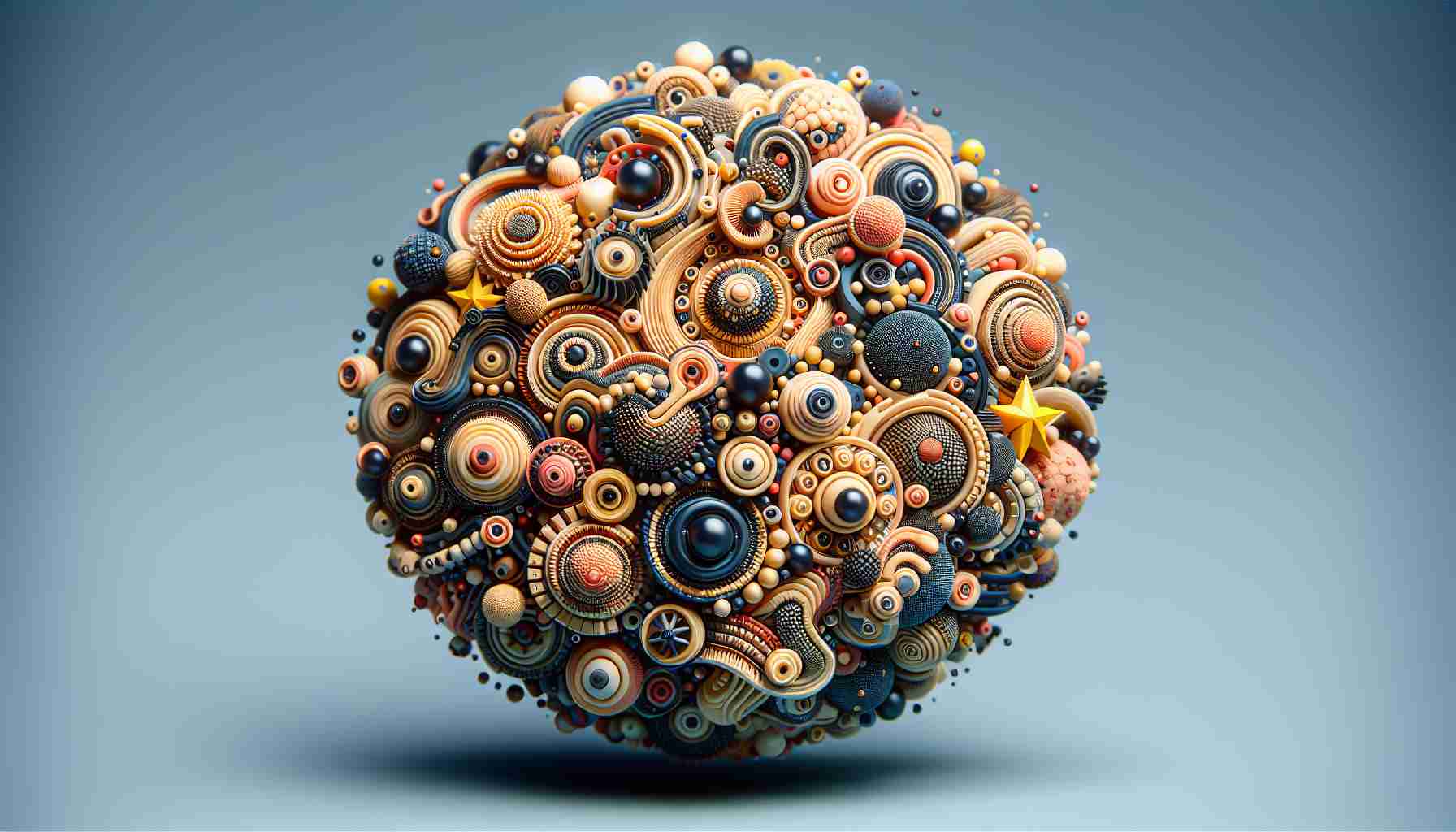In an era where technology is redefining creativity, AI-driven comedy is emerging as a fascinating frontier. While humor has always been a uniquely human domain, new technologies are enabling machines to tickle our funny bones in novel ways. Companies and researchers are experimenting with artificial intelligence to craft a hybrid of human-like humor and machine-generated wit.
Machine learning algorithms can analyze thousands of hours of stand-up routines, sitcoms, and comedic films to understand the structure and delivery of effective jokes. This analysis allows AI to generate content that mimics human humor. But can machines truly understand the essence of what makes something funny?
The challenge lies in the complexities of human emotions and cultural nuances. What one community finds hilarious, another might not understand or appreciate. However, AI’s ability to continuously learn and adapt provides a glimpse into a future where technology not only replicates but innovates comedy.
Platforms are starting to test AI-generated jokes, with some even launching interactive apps where users can rate and refine humor in real-time. While the nuances of sarcasm and irony still pose significant challenges, the evolution of AI in comedy is a promising venture indicating the potential of machine-enhanced humor.
As we look to the future, the intersection of technology and comedy opens up questions about creativity, originality, and what it truly means to laugh. Are we on the brink of a new era where robots will not only serve but entertain? The punchline, it seems, is only just beginning.
Will AI Become the Comedians of the Future?
Artificial Intelligence (AI) has made significant inroads into various sectors, and now, it’s turning its focus on comedy. AI-driven comedy is an intriguing venture into uncharted territory, where technology meets human wit. This article delves into the new innovations and potential AI holds in transforming humor into a hybrid art form of machine-generated and human-like laughter.
AI in Comedy: Innovations and Features
One of the most exciting innovations in AI comedy is the development of algorithms that can dissect and understand the structure of humor. These algorithms are trained on vast datasets from stand-up routines, sitcoms, and films to learn what makes content humorous. The ability of AI to mimic human humor is now being showcased on platforms that use AI-generated jokes, paving the way for a new era in comedy.
How AI Learns Humor
Machine learning provides AI the capability to adapt and respond to feedback, which is invaluable in the realm of comedy. Interactive apps are now available where users can participate in rating and refining AI-generated humor. This feedback loop allows AI to evolve and become more attuned to human tastes, presenting a fascinating glimpse into the future of entertainment technology.
Pros and Cons of AI-Generated Comedy
Pros:
– Scalability: AI can generate a vast array of jokes and comedic content quickly, far surpassing human capabilities in terms of sheer volume.
– Consistency: AI can ensure consistent output in style and substance, an advantage in creating comedic content for diverse audiences.
Cons:
– Lack of Emotion: Understanding and conveying human emotion remains a complex challenge for AI.
– Cultural Sensitivity: Humor is heavily influenced by culture, and AI may struggle with jokes that rely on cultural nuances or irony.
Limitations and Challenges
While AI can learn and mimic humor, genuine understanding is still beyond its current capabilities. The essence of humor often lies in the emotional and cultural context, areas where AI still lags. Sarcasm and irony are particularly challenging for AI, requiring a level of contextual understanding that machines are yet to master fully.
Future of AI-Driven Humor
The future of AI-driven comedy holds potential for numerous applications beyond just joke-telling. AI could be integrated into writing assistant tools for comedic scripts, providing insights into the structure and timing of jokes. However, as the technology progresses, important questions about creativity, originality, and the role of technology in entertainment will need to be addressed.
Market Trends and Predictions
Experts predict that AI in entertainment, including comedy, will continue to grow as technology becomes more sophisticated. This could lead to a surge in AI-developed content across various media platforms. As AI learns to better understand humor, it is poised to become not just a tool for entertainment but a co-creator, prompting debates on creative ownership and authenticity.
Explore more on AI’s influence in technology and creativity at IBM and discover the future where machines might not only serve us but make us laugh too.

















